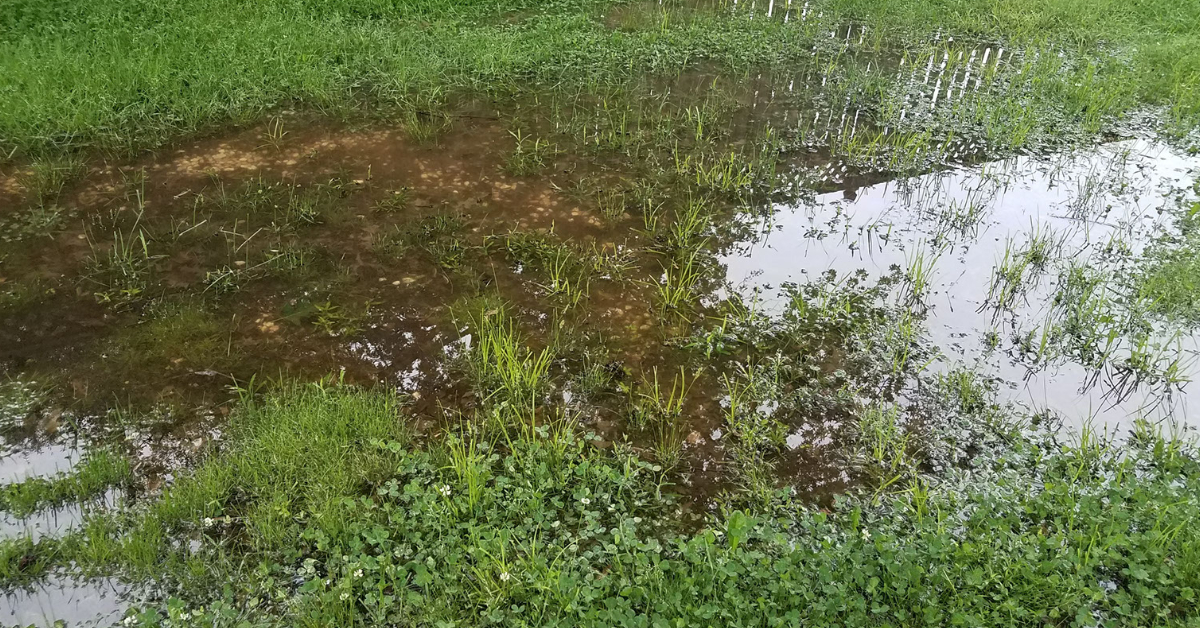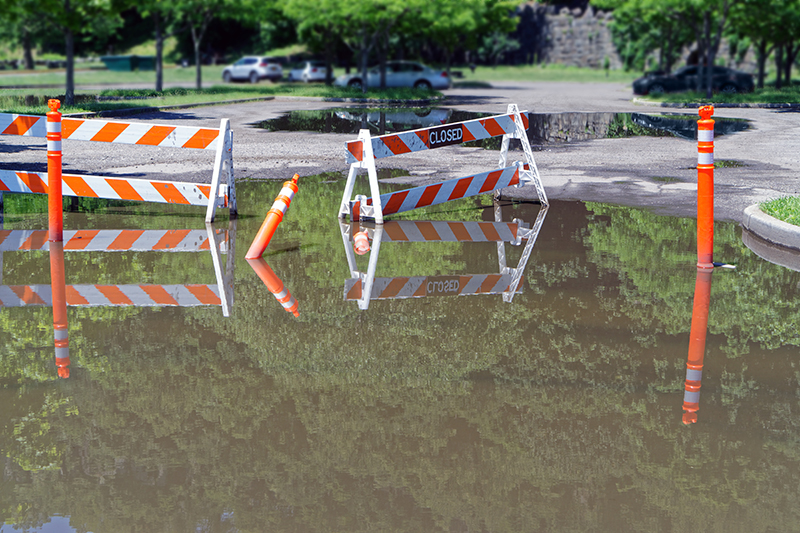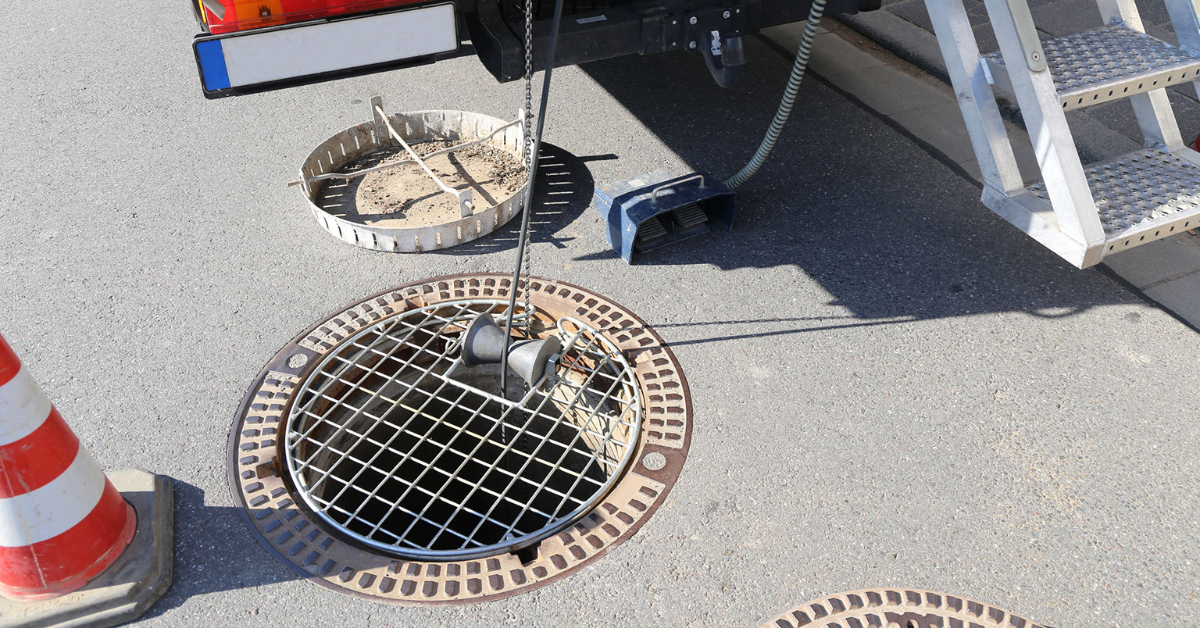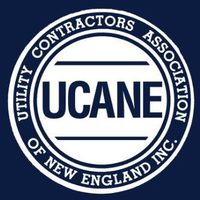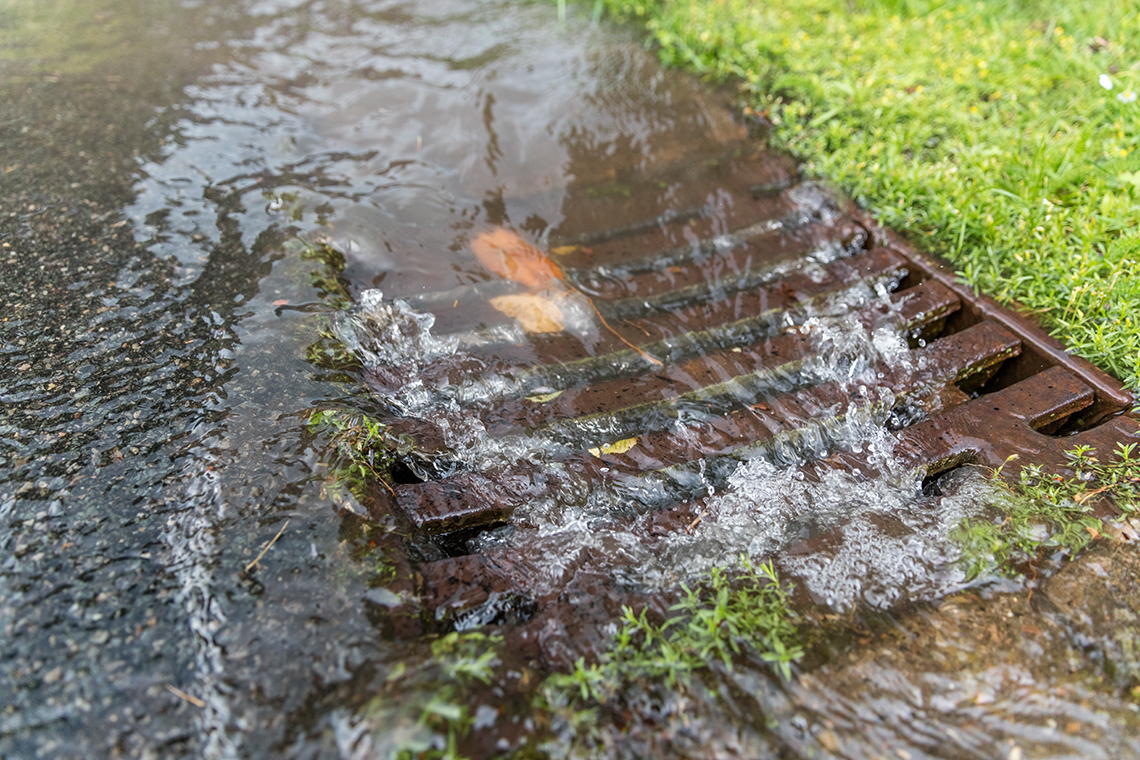
Do you have a stormceptor at your place of business, property that you own, or at a municipal building that you manage? If you answered yes to this questions than you are not alone. A great deal of property owners and property managers have stormceptors. If you answered no to this question, are you 100% certain about your answer? The best time to find out what they are, how they function, and the why it is so important to maintain them on a regular basis is right now. So without further ado, the following information will provide you with everything you need to know about stormceptors.
What Exactly Are Stormceptors?
By definition, stormceptors are hydrodynamic separators that provide a range of adaptable treatment systems that remove pollutants from both storm water, and snowmelt runoff in a highly effective manner. In essence, stormceptors are devices that are designed to protect waterways from hazardous material spills and storm water pollution, including suspended sediment, free oils, and other pollutants that attach to particles. In addition, they are engineered to work no matter how fierce the storm is, or how fast the water is moving. The bottom line is that stormceptors both capture and contain pollutants.
How Do Stormceptors Function?
The functionality of stormceptors is a fairly simple principal. In essence, storm water enters into the stormceptor through an inlet pile or inlet grate. A specially designed insert slows down the water and directs it to a lower chamber. The non-turbulent chamber allows debris and free oils to rise, and conversely sediment to settle. The free oils and other floatable materials remain trapped, while the sediment settles and lies dormant where it is contained for later removal. The stormceptors technology all but guarantees that pollutants will be captured and contained during rainfall events, and snow melt. This holds true even in cases where there is an extreme amount of runoff. The treated storm water then exists the unit through an outlet pipe.
Where Are Some Stormceptor Uses?
Stormceptors can be utilized to remove pollutants and provide a high-level of spill protection at virtually any location where there is storm water runoff and snowmelt. That being stated, stormceptors should be located anywhere there is pavement and storm water quality treatment is required. For example, airports/ports, commercial sites, gas stations and other fuel depots, industrial sites, military sites, municipal sites, residential developments, and roadways/highways. In addition, stormceptors should also be located at redevelopment projects, retrofit projects, and as a pre-treatment method to other storm water management systems.
Is Stormceptor Maintenance Necessary?
The answer to this question is a resounding yes. Inspection and maintenance, by an experienced and highly reputable environmental services company, is essential to the overall and long-term performance of any storm water and snowmelt treatment device. In fact a regularly schedule inspection, maintenance, and cleanout plan is highly recommended by industry experts. The good news is that stormceptors are engineered to make the process fast, simple, and completely cost effective.
In the current day and age, it is crucial for property owners to do everything within their power to ensure that they are not polluting the environment in any manner. Local governments, state governments, and the federal government are starting to crack down on property owners that fail to do their part. Fortunately, once your stormceptors are properly maintained they will operate with full pollutant capture capacity. This is great for the environment, and your bottom line.
Jolin Paving & Excavating, Inc. is your New England connection for stormceptor service and maintenance—Serving Boston Massachusetts, Southern NH, VT & ME as well as Northern CT & RI since 1952. Contact us to learn more today.
continue reading

